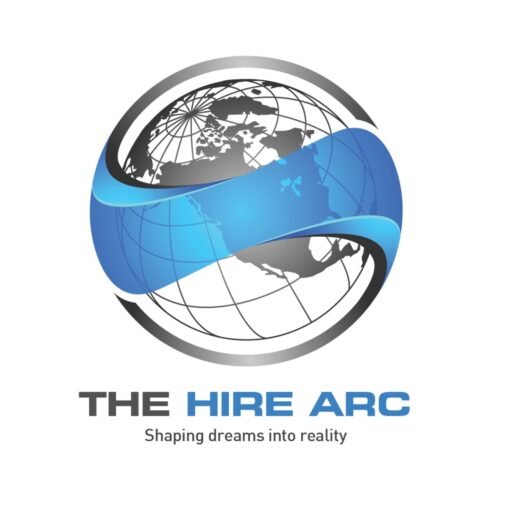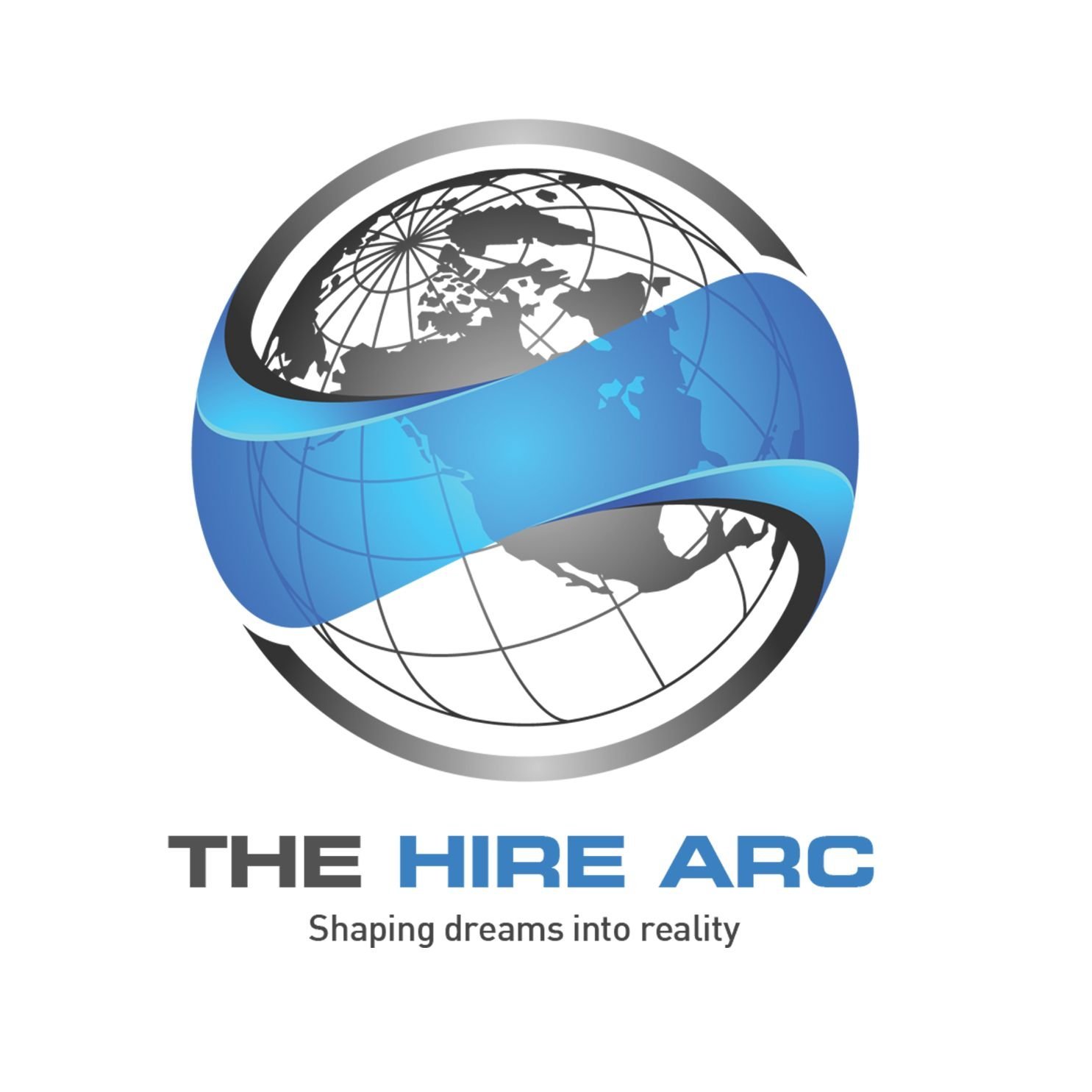What is an Office Dress Code?
An office dress code is a formal guideline defining what employees should wear in the workplace to maintain professionalism, discipline, and company identity.
In Indian workplaces, the expectations for dressing differ across industries — from business formal dress codes in corporate environments to smart casuals in startups. Regardless of the dress type, a company’s attire policy speaks volumes about its values, culture, and level of professionalism.
We believe that how employees present themselves reflects their commitment to the organisation’s goals. A clear and inclusive dress code helps build confidence, equality, and respect among team members.
Why is Dress Code Important in the Workplace?
The importance of dress code in the workplace goes beyond aesthetics. It is deeply tied to company culture, behaviour, and employee morale.
Creates a Positive First Impression
The way employees dress forms an instant impression on clients and colleagues. Professional attire reflects a sense of respect and preparedness.
Reinforces Company Identity
A consistent employee dress code helps project a unified brand image. For example, customer-facing roles benefit from a corporate dress code that aligns with the company’s reputation and values.
Builds Equality and Team Cohesion
When everyone follows the same staff dress code, it reduces judgment and builds equality. It also prevents discomfort arising from inconsistent dressing standards.
Boosts Confidence and Morale
When employees dress well, they feel confident and motivated. A well-defined company dress code eliminates uncertainty and fosters self-assurance.
Supports HR Compliance
A documented professional dress code provides HR with a framework to manage attire expectations without bias or conflict. This can be integrated into broader HR functions such as HR Shared Services and Corporate Compliance Services.
Different Types of Office Dress Codes
Every organisation has its own approach to professional attire. Understanding these categories helps define expectations clearly.
Business Formal Dress Code
The business formal dress code is the highest standard of workplace attire. It’s common in law firms, finance companies, and client-facing corporate roles.
- Men: Formal shirts, trousers, blazers, ties, and polished shoes.
- Women: Sarees, pantsuits, or formal skirts with minimal accessories.
This dress code communicates authority, reliability, and respect for the professional environment.
Business Casual
A slightly relaxed version of formal dressing.
- Men: Collared shirts, chinos, loafers.
- Women: Blouses, trousers, skirts, or knee-length dresses.
It offers comfort while maintaining professionalism — a preferred style for modern corporate setups.
Smart Casual
This dress code combines comfort with neat presentation. It’s common in startups and creative industries.
Avoid excessively casual items like flip-flops or ripped jeans.
Office Uniform Dress Code
Certain industries — such as hospitality, aviation, or healthcare — implement an office uniform dress code to ensure brand consistency and recognition.
Cultural or Thematic Attire
Many Indian organisations allow traditional attire on specific days. Ethnic Fridays or festive wear help employees celebrate diversity while maintaining professional decorum.
Office Dress Code for Female Employees
A professional dress code must address gender inclusivity clearly. Female employees often face ambiguity in acceptable workplace attire, so clarity is essential.
Examples of appropriate office dress code for female professionals include:
- Formal shirts and trousers or business skirts.
- Sarees or salwar suits in subdued colours.
- Minimal jewellery and closed-toe shoes for formal settings.
An inclusive approach ensures equality while respecting individual preferences and cultural backgrounds.
How to Dress for Office: Practical Tips
Knowing how to dress for office helps employees maintain a professional appearance every day. Here are key pointers:
- Dress appropriately for your industry and role.
- Choose clean, well-ironed clothes.
- Maintain grooming and hygiene standards.
- Use subtle perfumes and accessories.
- Avoid flashy or distracting prints in formal environments.
These practices reflect attention to detail and professionalism — qualities HR values when assessing career growth and leadership readiness.
This approach is often reinforced through Learning and Development Services provided by HR teams.
Developing a Company Dress Code Policy
A clear company dress code policy ensures consistency across departments. HR teams should approach policy development strategically.
Assess Organisational Culture
Dress code expectations should match the company’s values and industry norms. A creative agency may encourage flexibility, while a legal firm might mandate formal wear.
Ensure Inclusivity
Policies must respect cultural, religious, and gender differences. Allow for accommodations where needed.
Communicate Transparently
Include dress code details in employee handbooks and onboarding sessions. This avoids confusion or misinterpretation.
Integrate with Compliance Frameworks
Link dress code rules to HR and compliance guidelines using platforms such as Corporate Compliance Services to maintain uniform enforcement.
Review Periodically
Revisit the dress code policy annually to ensure it aligns with modern workplace expectations.
Challenges in Implementing Dress Codes
Despite their importance, dress codes can be tricky to manage.
- Differences in cultural interpretations of formality.
- Resistance from employees who value personal expression.
- Inconsistency between hybrid and on-site expectations.
- Difficulty enforcing rules without seeming restrictive.
The key lies in maintaining balance — respecting individuality while reinforcing professionalism.
The Role of HR in Maintaining Employee Dress Code
HR teams play a crucial role in promoting and monitoring the employee dress code.
Their role includes:
- Drafting and updating policies.
- Training managers to address violations professionally.
- Integrating dress code discussions into onboarding.
- Using examples during internal audits and training.
Companies that rely on external HR support — such as Contract Staffing Companies in India — can include dress code clauses in staffing contracts to ensure consistency even among temporary employees.
How Dress Codes Support Professional Development
Professional attire builds confidence and prepares employees for leadership roles.
Training programs can incorporate dress code modules to teach:
- Grooming and body language.
- Dressing for presentations or client meetings.
- Industry-specific dress expectations.
Such initiatives can be integrated into Learning and Development Services to create well-rounded professionals ready for corporate growth.
Benefits of a Well-Defined Dress Code
A well-implemented office dress code offers multiple benefits:
Promotes Professionalism
A consistent dress standard encourages discipline and enhances credibility.
Improves Productivity
When employees feel confident in their appearance, they can focus better on performance.
Strengthens Company Branding
Uniform or coordinated attire reinforces corporate identity.
Builds Equality
Dress codes ensure fair treatment and eliminate appearance-based bias.
Simplifies HR Operations
Standardised policies help HR handle attire-related disputes efficiently, much like Payroll Outsourcing Services simplify compensation management.
What is the Importance of Dress Code in Today’s Work Culture?
The importance of dress code in modern workplaces is both symbolic and functional. It shapes perception, builds trust, and encourages professionalism.
Even in hybrid environments, dressing appropriately for video meetings demonstrates commitment and respect. Adhering to a business dress code ensures readiness for any professional situation.
Dress Code as a Branding and Culture Tool
A corporate dress code is a subtle extension of the organisation’s brand. When employees dress uniformly and appropriately, it visually communicates the company’s values, professionalism, and unity.
In sectors like consulting or client service, dress codes strengthen the external image of reliability and expertise.
HR Best Practices for Enforcing Dress Codes
Document Clearly
Outline specific do’s and don’ts in written policy.
Train Managers
Equip leaders to address attire issues with empathy and fairness.
Promote Understanding
Explain the reasons behind the dress code instead of enforcing rules rigidly.
Respect Diversity
Allow flexibility for cultural or religious needs.
Set the Example
Leadership teams should model the expected dress standards.
How to Create an Inclusive Office Dress Code
Inclusivity must remain central to every professional dress code.
HR teams can:
- Use gender-neutral language in policy documents.
- Offer flexibility for traditional and modern attire.
- Consider employee feedback before implementing changes.
Inclusivity in attire leads to higher job satisfaction and a stronger sense of belonging.
Conclusion: Building Professional Pride Through Dress Code
A well-designed office dress code fosters professionalism, confidence, and a sense of unity. It’s not merely about appearance — it’s about creating an environment of respect, equality, and belonging.
For organisations in India, dress code policies should reflect cultural diversity while upholding corporate standards.
HR professionals play a vital role in setting these expectations through structured frameworks.
With The HireArc’s expertise in HR Shared Services, Recruitment Agency in Mumbai, and Corporate Compliance Services, companies can build policies that support professionalism and brand alignment.
- Insightful Questions to Ask Hiring Managers During Interviews - November 9, 2025
- Recruitment Challenges: What You Must Know in 2025 - November 9, 2025
- Recruitment Metrics and KPIs: The Complete 2025 Guide for Indian Recruiters - November 9, 2025


